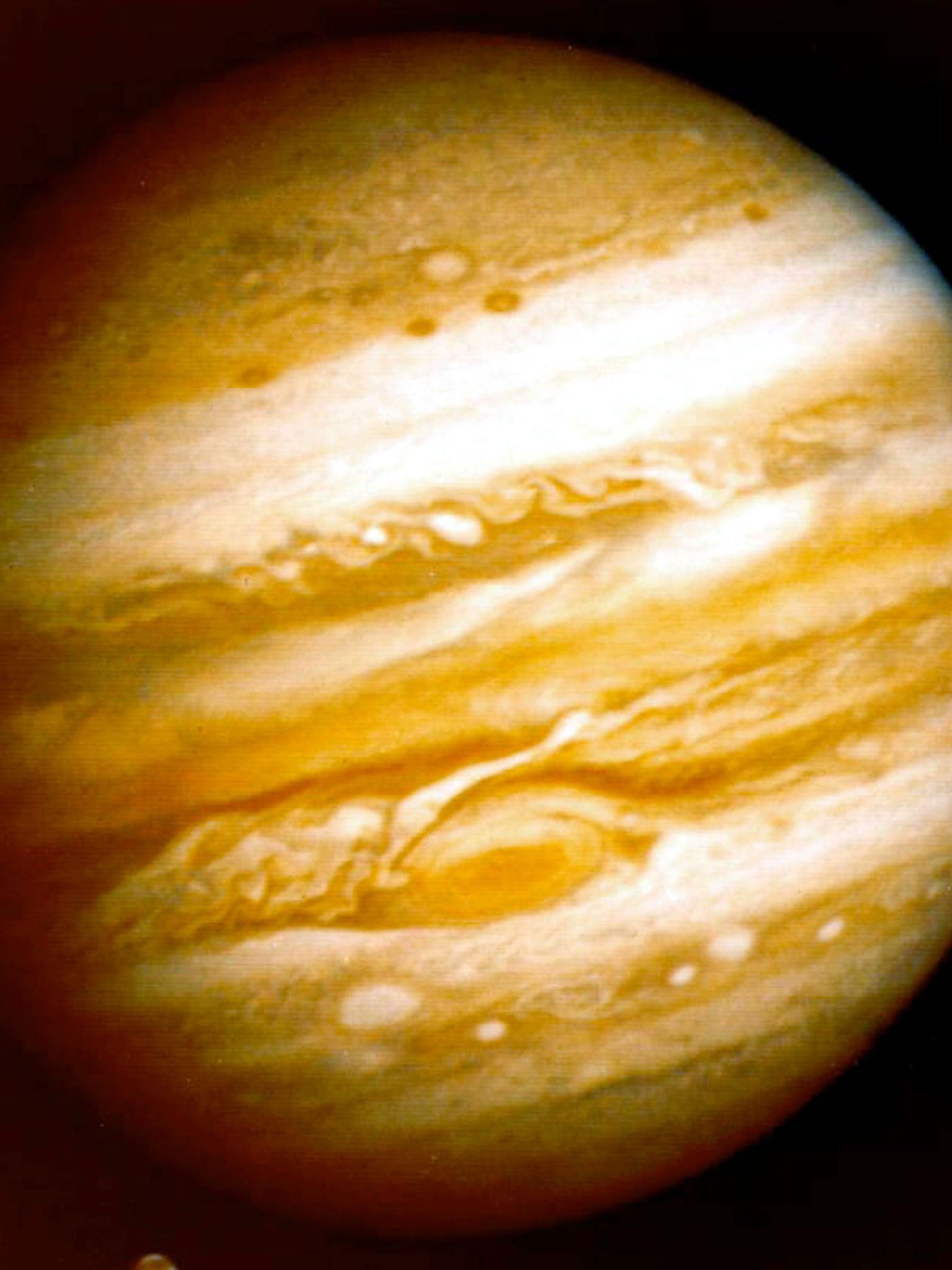Nasa's Voyager 1 may have left the solar system after 36 years in space

Nasa's Voyager 1 may have crossed into interstellar space last year to become the first man-made object to leave the solar system, if new research proves correct.
Scientists have been waiting for the Voyager space probe to detect a magnetic field that flows in a different direction than the solar system's magnetic field.
But new research suggests this may not be the best way to test if an object has left the system.
University of Maryland astrophysicist Marc Swisdak published a study in the Astrophysical Journal last week arguing that the probe could have left our solar system undetected. "We think that the magnetic field within the solar system and in the interstellar are aligned enough that you can actually pass through without seeing a huge change in direction," he said on Thursday.
If Mr Swisdak is accurate, the Voyager will have infact reached interstellar space about a year ago, when it detected a sudden decrease in the number of particles coming from the sun and a corresponding rise in the number of galactic cosmic rays coming from interstellar space.
Voyager 1 was launched in 1977 along with a sister probe, Voyager 2, to observe the outer planets. Voyager 1 is now approximately 120 times farther away from the sun than Earth. Voyager 2 is heading out of the solar system in a different direction.
The probes are powered by the slow decay of radioactive plutonium. Voyager 1 will begin running out of energy for its science instruments in 2020. By 2025, it will be completely out of power.
Voyager 1's magnetic field readings will stay pretty much the same throughout the remainder of its mission is Mr Swisdak and his colleagues are correct.
"If they see a strong shift in the magnetic field, a big jump, then that means that what we've outlined can't be correct," Mr Swisdak said.
"I'm perfectly willing to be proven wrong here and if I were, that would be kind of cool. But it agrees with all the data that we have so far," he added.
His theory has been met with mixed reviews from other scientists in the field.
Voyager lead scientist Edward Stone, now retired from Nasa's Jet Propulsion Laboratory in Pasadena, California, said Mr Swisdak's research is interesting but may not necessarily be correct. Different computer models are suggesting different scenarios to explain the Voyager data, he said.
"We know where Voyager is in terms of distance and we know what it is observing. The challenge is relating that to these complex models of the interaction between the interstellar medium and the heliosphere," Stone said, referring to the bubble of space that falls under the sun's influence.
Nasa has yet to confirm the findings.
Instead, Mr Stone and other scientists believe Voyager is in a previously unknown region, dubbed a "magnetic highway," that exists between the heliosphere and interstellar space.
Additional reporting by Reuters
Join our commenting forum
Join thought-provoking conversations, follow other Independent readers and see their replies
Comments